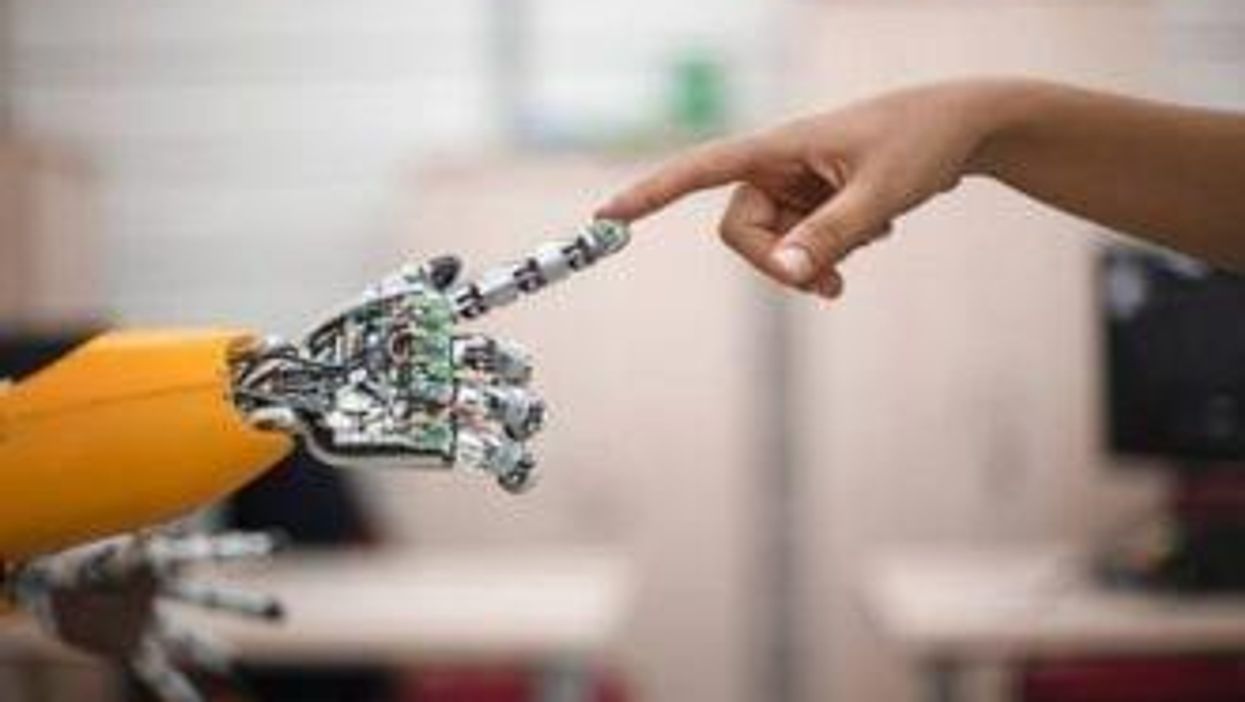The Conversation (0)
3D-printed Bionic Skin May Give Robots a Sense of Touch
May. 15, 2017 03:45PM PST
Emerging Technology InvestingThe McAlpine Research Group at the University of Minnesota have announced a development that could give robots a sense of touch.
The idea that robots could become human like might not seem as crazy as it once did.
Case in point, the College of Science & Engineering released an announcement on May 10 stating that researchers at the University of Minnesota have developed a 3D-printed bionic skin, which would give robots the ability to feel the way people do.
The statement added that the finding is a big step in making printed electronics on human skin a reality.
“This stretchable electronic fabric we developed has many practical uses,” Michael McAlpine, lead researcher on the study was quoted as saying.
McAlpine–who is also a University of Minnesota mechanical engineering associate professor–added that putting bionic skin on surgical robots will allow surgeons to feel during less invasive surgeries and–in turn–making procedures easier to do.
“These sensors could also make it easier for other robots to walk and interact with their environment,” he continued.
According to 3D Printing Industry, the sensors are comprised of six layers that use four different inks, which result in sensors being able to stretch up to three times their original size.
McAlpine expanded on the varying uses of the technology in an interview with Newsweek, stating it could be used for new therapies for individuals who have lost their sense of touch.
“So long as the device is interfaced to any active nerve endings [it could help],” he told the publication. “The device is sensitive enough to ‘feel’ your pulse, but more complex devices will need to be printed in the future in order to achieve the senses of temperature and texture.”
What’s more, McAlpine said in the announcement the wearable technology has the potential to be used for health monitoring purposes, or even by soldiers on duty to help detect chemicals and explosives.
“While we haven’t printed on human skin yet, we were able to print on the curved surface of a model hand using our technique,” McAlpine said. “We also interfaced a printed device with the skin and were surprised that the device was so sensitive that it could detect your pulse in real time.”
According to the release, the team’s next step will look into semiconductor inks and printing on real bodies.
An example of 3d printing of stretchable electronics sensory devices can bee seen in the video below.
Don’t forget to follow us @INN_Technology for real-time news updates!
Securities Disclosure: I, Jocelyn Aspa, hold no direct investment interest in any company mentioned in this article.
